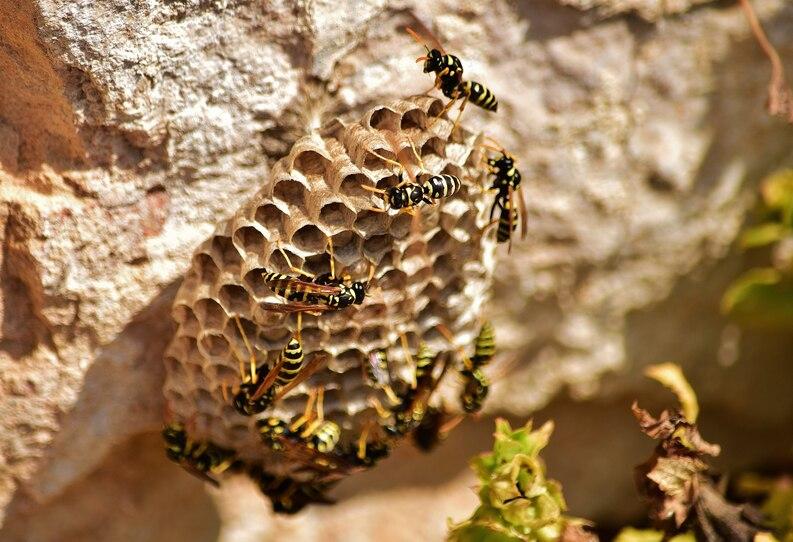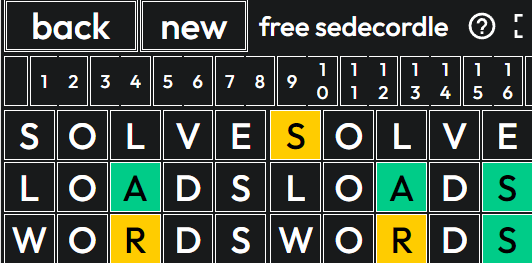Have you ever wondered how to requeen a hive? Requeening is an essential process in beekeeping that involves replacing the current queen bee with a new one. It is a crucial step to ensure the health and productivity of your hive. In this article, we will explore the key steps to requeening a hive and provide you with valuable insights and tips.
Why Requeen a Hive?
Before we dive into the steps of requeening, let's understand why this process is necessary. Requeening a hive is important for several reasons:
-
Genetics: Requeening allows beekeepers to introduce a queen with desired genetic traits, such as increased honey production or disease resistance.
-
Productivity: A new queen can stimulate the hive, increasing productivity and the overall strength of the colony.
-
Disease Management: Requeening can help mitigate the spread of diseases and parasites within the hive.
-
Swarm Prevention: requeening helps prevent swarming, which can lead to the loss of bees and honey production.
Now, let's explore the key steps to successfully requeen a hive.
Step 1: Assessing the Need for Requeening
The first step in requeening a hive is to assess whether it is necessary. Look for signs that indicate the current queen may be failing or the hive requires improvement, such as:
-
Decreased productivity: If the hive is producing less honey than usual or has a declining population, it may be time to consider requeening.
-
Aggressive behavior: Bees becoming more aggressive towards the beekeeper or each other can indicate an issue with the queen.
-
Old age: Queens have a limited lifespan, and requeening is necessary after a certain period.
If you notice any of these signs, it's time to proceed to the next step.
Step 2: Preparing for Requeening
Before introducing a new queen, it's essential to prepare the hive and ensure the conditions are optimal. Follow these steps:
-
Remove the old queen: If the current queen is still present, remove her from the hive. This can be done by caging her or relocating her to another colony.
-
Create a queenless period: Give the hive time to become queenless before introducing the new queen. This can range from a few hours to a couple of days, depending on the situation.
-
Check for queen cells: During the queenless period, check for the presence of queen cells. If any are found, remove them to avoid competition with the new queen.
-
Prepare the queen cage: Get a queen cage, which is a small plastic or wooden enclosure that will hold the new queen during the introduction process. Ensure it is clean and ready for use.
Step 3: Introducing the New Queen
Now comes the exciting part – introducing the new queen to the hive. Follow these steps to ensure a successful introduction:
-
Place the queen cage: Gently place the queen cage in the hive, ensuring it is suspended between two frames. This allows the worker bees to interact with the queen through the cage's mesh.
-
Release the queen: After a few days, the worker bees will have become accustomed to the new queen's pheromones. Carefully release her from the cage, allowing her to join the colony.
-
Monitor the introduction: Keep a close eye on the hive after introducing the new queen. Watch for signs of acceptance, such as the bees grooming and feeding her. If any issues arise, take appropriate action to ensure a smooth transition.
Step 4: Post-Requeening Care
Once the new queen is introduced and accepted by the hive, it's crucial to provide proper care and monitoring. Here are some post-requeening care tips:
-
Feeding: Ensure the colony has an adequate food supply, especially during the transition period. Feed them with sugar syrup or pollen patties if necessary.
-
Regular inspections: Conduct regular hive inspections to monitor the progress of the hive and ensure the queen is laying eggs and the colony is thriving.
-
Queen performance evaluation: Evaluate the performance of the new queen over time. Look for signs of increased productivity, a healthy brood pattern, and a strong population.
-
Record keeping: Maintain detailed records of the requeening process, including the date of introduction, queen source, and any observations made. This will help you track the success and effectiveness of requeening in your beekeeping operation.
Requeening a hive is a delicate process that requires careful planning and execution. By following these key steps and paying attention to the needs of your colony, you can unlock success in beekeeping and ensure the long-term health and productivity of your hive.
Conclusion
Requeening is a vital aspect of beekeeping that can greatly impact the health and productivity of your hive. By following expert tips and techniques, you can successfully requeen your hive and ensure the longevity of your beekeeping operation. Remember to evaluate the signs that indicate it is time to requeen and choose the method that best suits your goals and preferences. Happy beekeeping.





